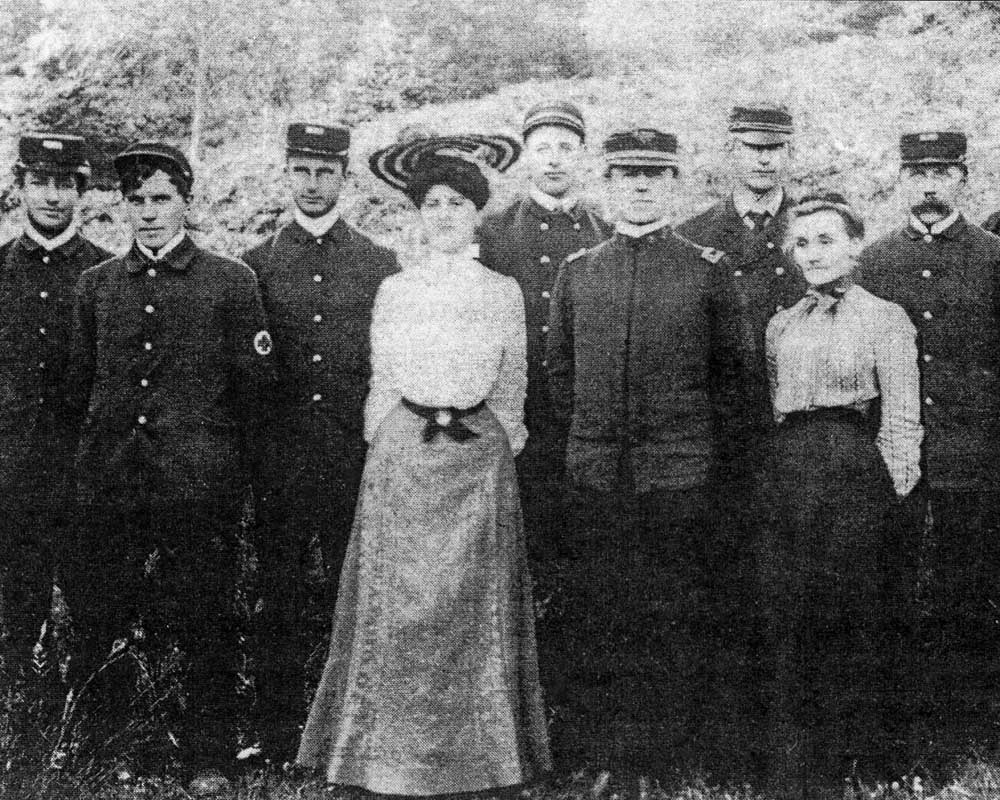Our Picks: Knappton Cove Heritage Center
Published 7:00 am Wednesday, March 6, 2024

- Columbia River Quarantine Center personnel
The small community of Knappton once welcomed thousands of immigrants and ship crews to the United States from along the banks of the Columbia River.
Trending
Today, the Knappton Cove Heritage Center keeps this history alive by preserving and educating visitors about the Columbia River Quarantine Station, once known as the “Ellis Island of the Columbia.”
The quarantine station’s story starts in the 1870s, as salmon canneries boomed along the river and immigrants from across Europe and Asia arrived in search of work.
The Eureka & Epicure Packing Co. functioned in Knappton from 1876 until the late 1890s. Eventually, the company was sold to the U.S. government and converted into a quarantine station due to concerns about ship-borne infectious diseases.
Trending
The mouth of the Columbia River became one of just a few points of entry on the West Coast, operating from 1899 to 1938.
After 1891, all ships from foreign ports went through a mandated health inspection at anchor before landing on American soil. The station was immigrants’ first point of contact upon arrival to the U.S. After inspection, they were often offered treatment for communicable diseases or conditions.
When the quarantine station closed in the late 1930s, various groups took over the facility until it was sold at auction in 1950. Upon purchasing the property, Clarence and Katharine Bell founded Knappton Cove Camp, a place for recreational fishing and camping.
Their daughter, Nancy Bell Anderson, and her daughter, Heather Bell Henry, as well as a dedicated group of volunteers and board members, now preserve Knappton Cove’s history at the station.
The center is housed in the quarantine station’s former lazaretto, or pest house, where patients were treated for various illnesses. Displays highlight the many phases the property has undergone, including its Columbia River canning history, early 20th-century quarantine practices and camp mementos.
Visiting the center is free during regular hours on Saturday afternoons in July and August. Guests may visit the station by appointment during the rest of the year.





